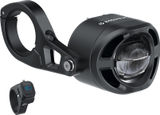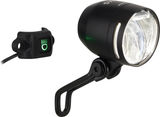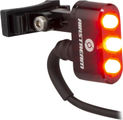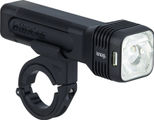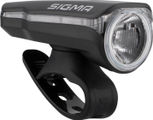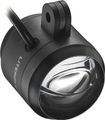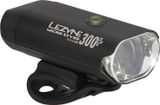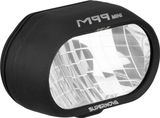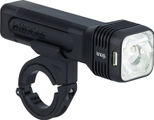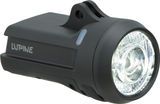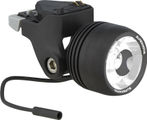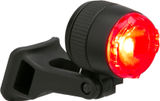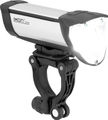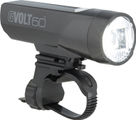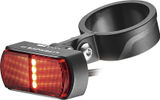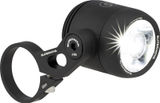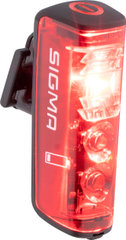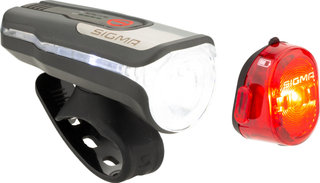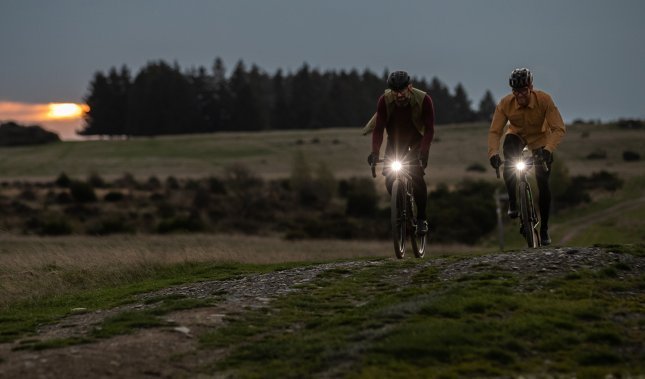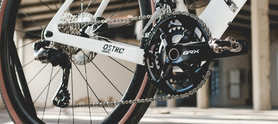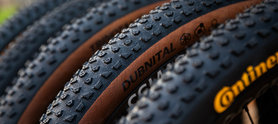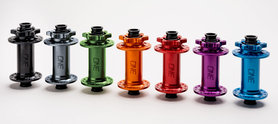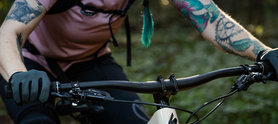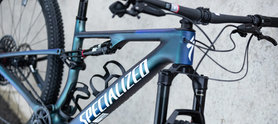Sign up now
and get your 5 € voucher*.
Don’t miss out on our exclusive tips and offers!
We evaluate the success of our newsletter to continually improve it. If you're already one of our costumers, we use the data from your last purchases to adapt the newsletter to your interests and make it more relevant for you. Our data protection agreementdata protection agreement applies.
*Valid for 30 days from date of issue and from a minimum order value of 60 €. The voucher cannot be combined with other promotions.
Anything your bike needs, we’ll make it happen
- trustpilot
 Davide R.The people at bike-components are competent, helpful and fast!
Davide R.The people at bike-components are competent, helpful and fast! SamEfficient and hassle free shopping experience!
SamEfficient and hassle free shopping experience!
- facebook
- Joe W.Good prices, good range of kit and equipment.
- Alin B.I am extremely happy with my purchase. Speedy delivery to Romania and great prices! Highly recommend!
- google
- Julek K.The best bike shop in the world. Price alert accepted, extremely fast contact, fast shipping and good packing.
- Fast delivery. Excellent customer service.
Herbert,
General Operations & Services

100 Day Return Policy
Send your unused goods back within 100 days after purchase and get your money back!
See moreMore information
Language"
english EN
- Aachen Community
- Affiliate Programme
- Imprint
- Data privacy
- General Terms and Conditions
- Whistleblower
- Battery return
All prices are in Euro and excl. MwSt plus shipping cost to the delivery destination: USA.

